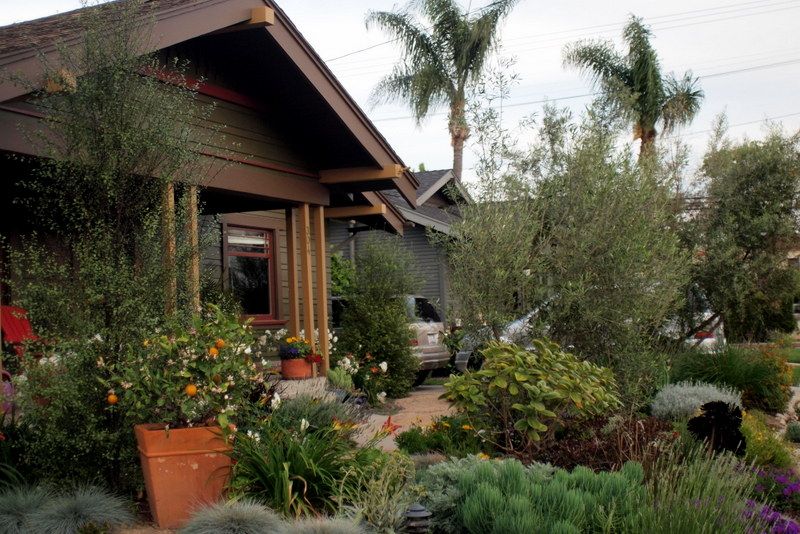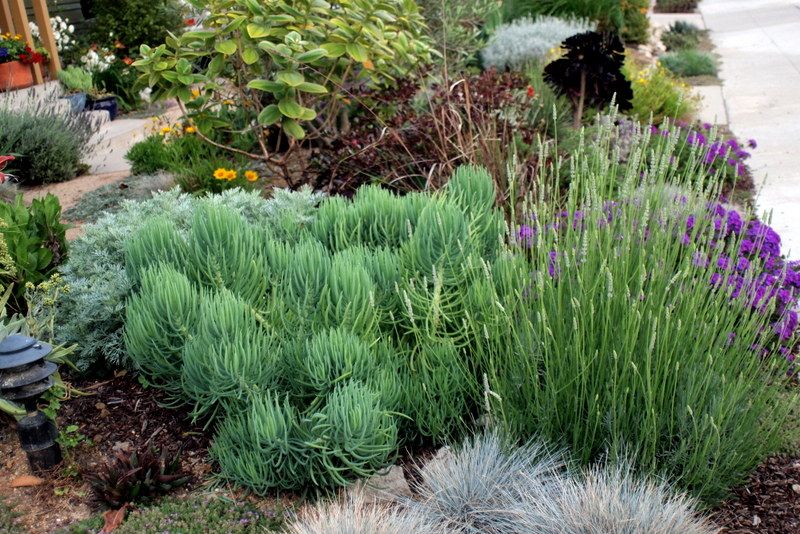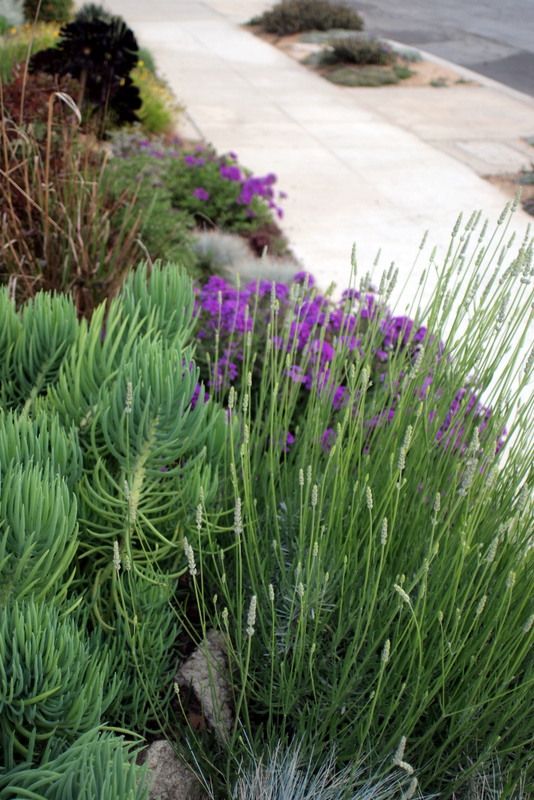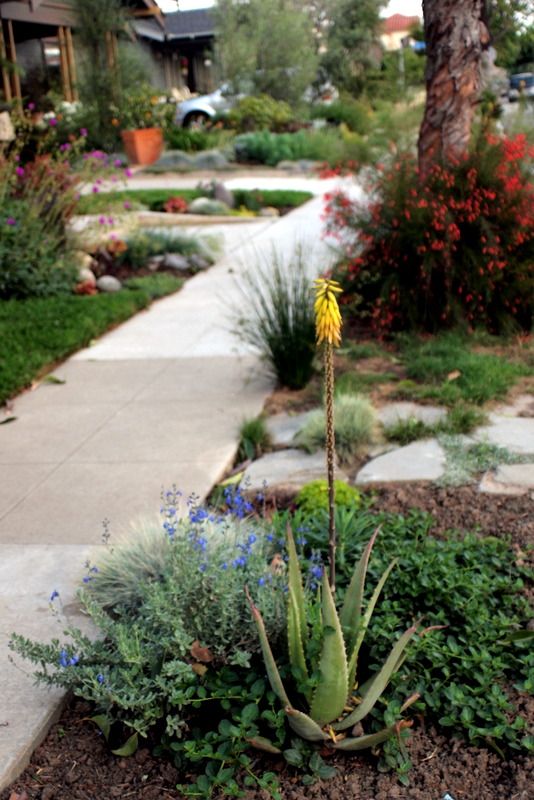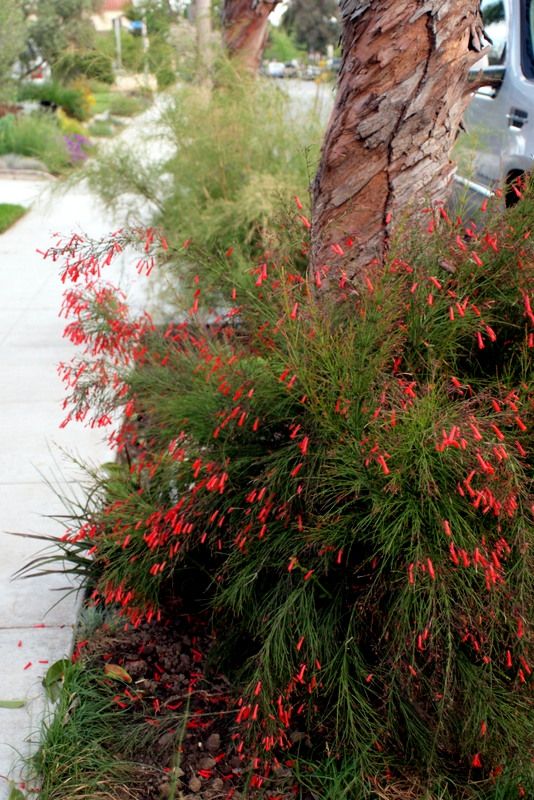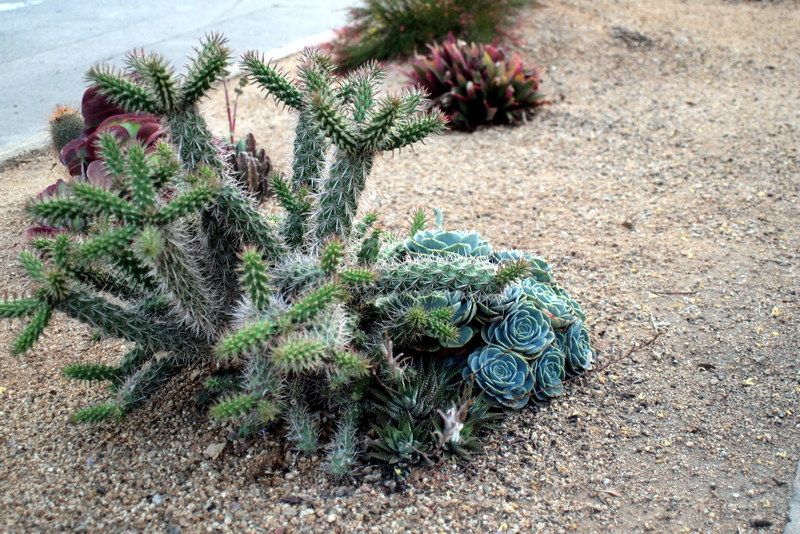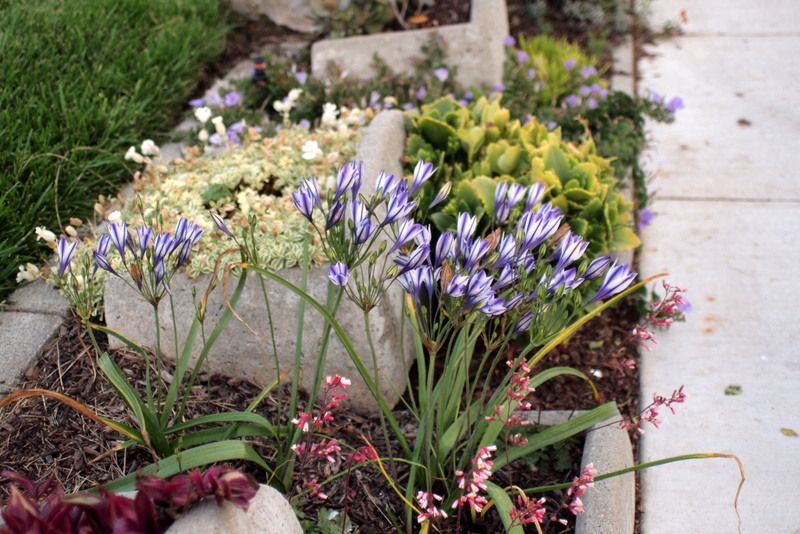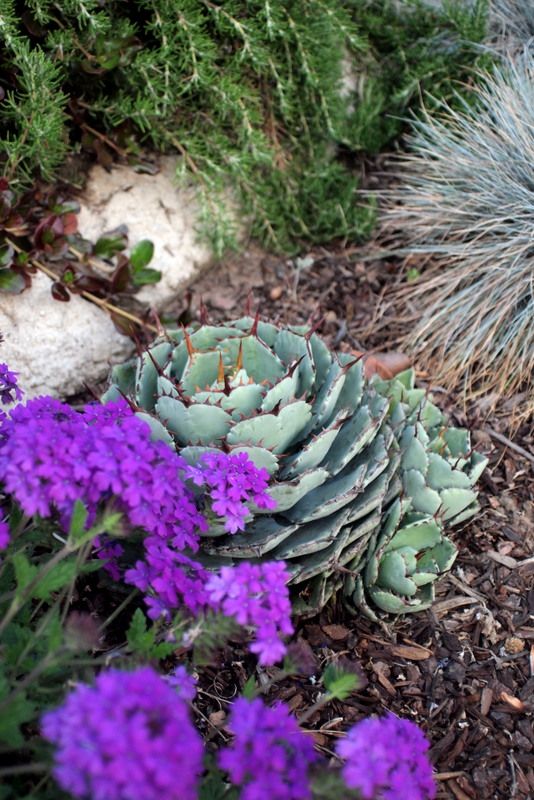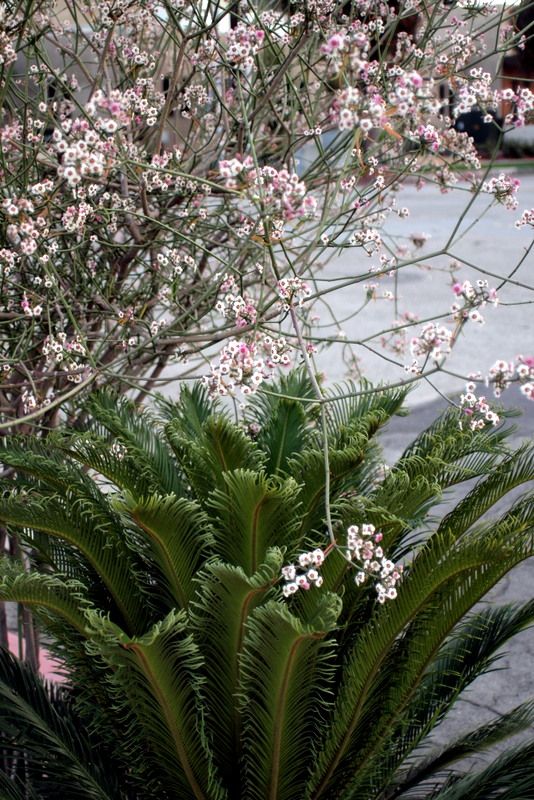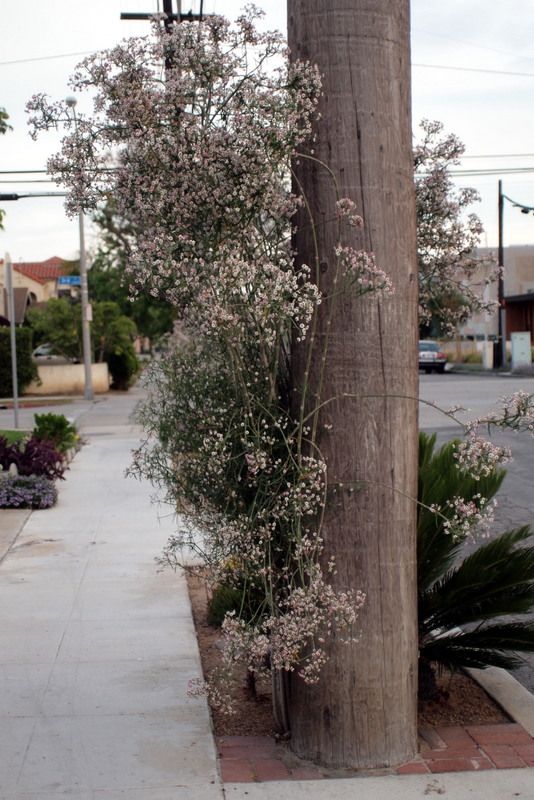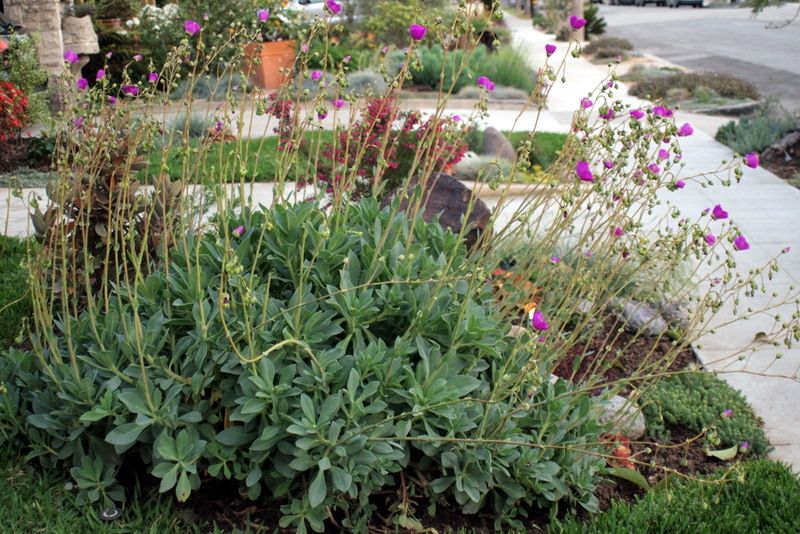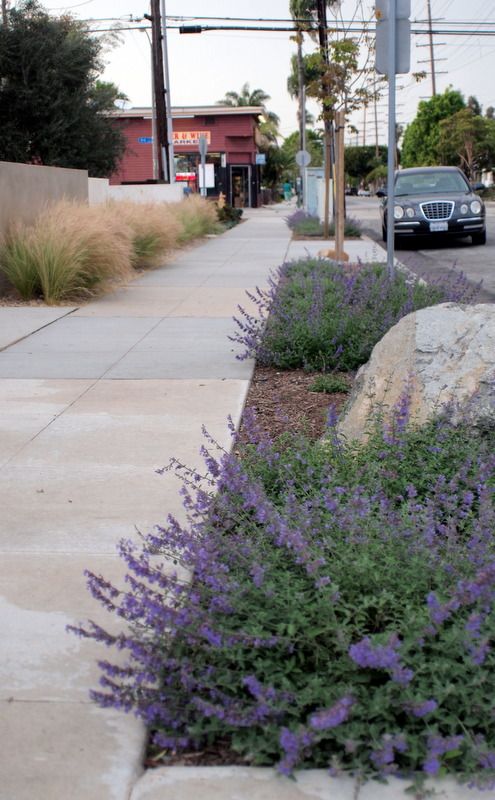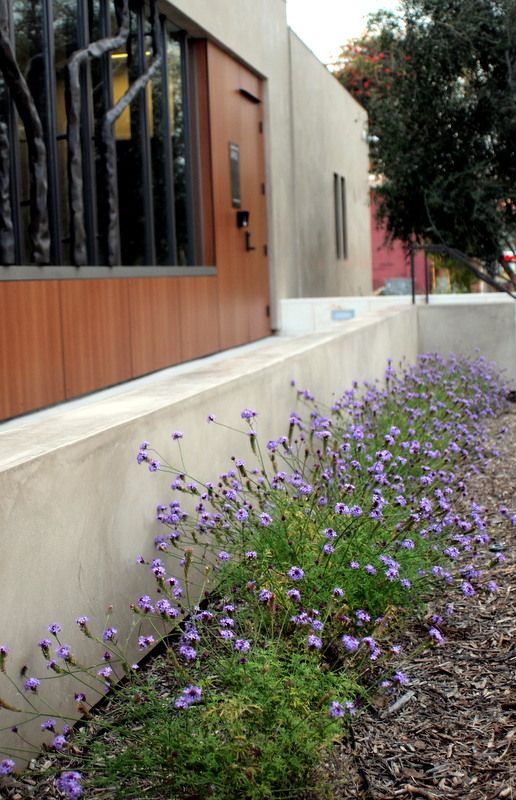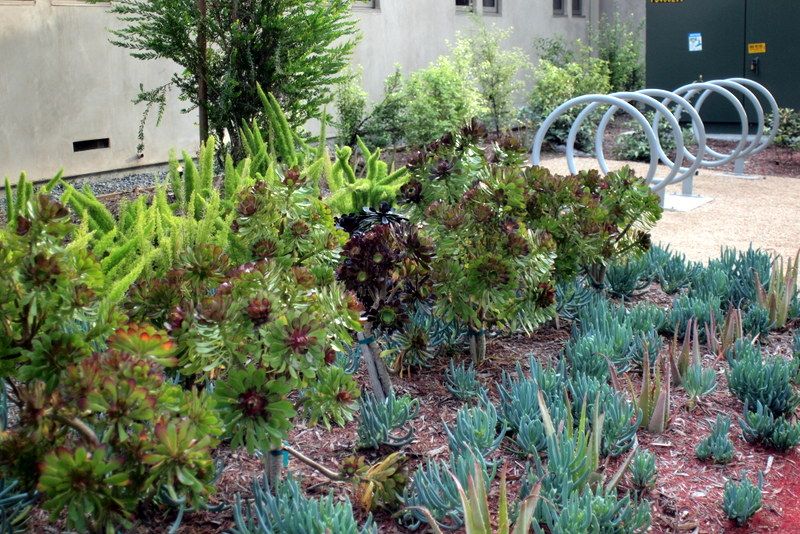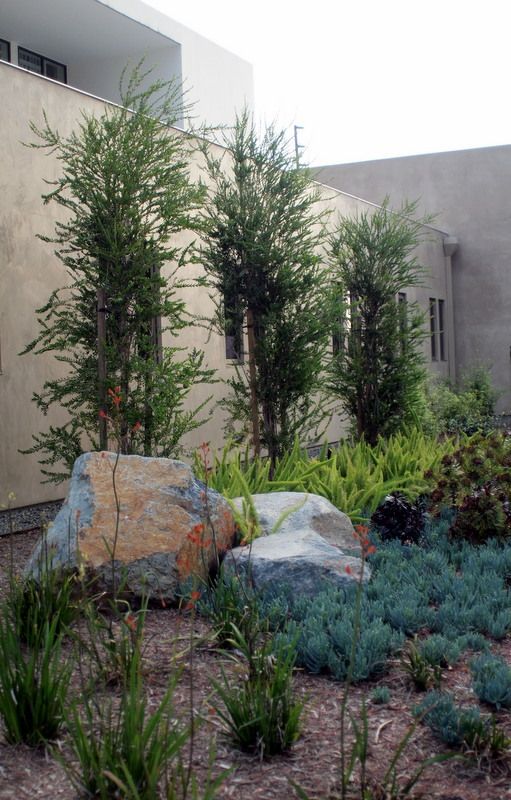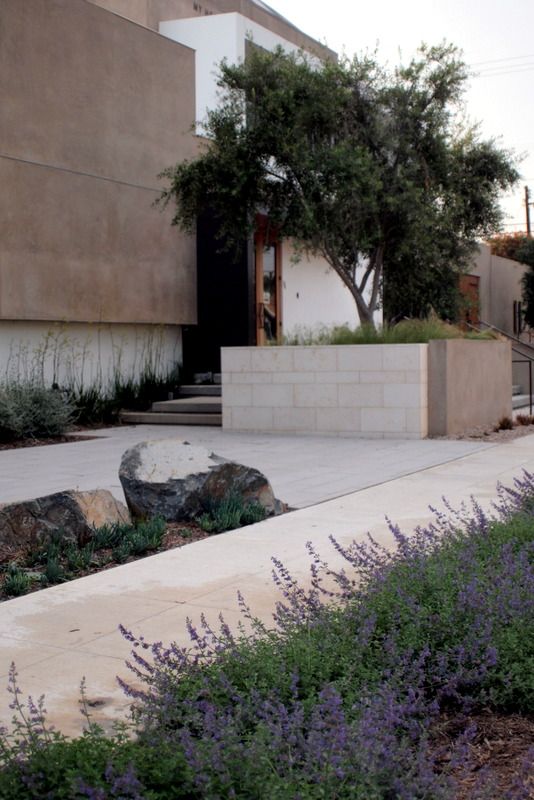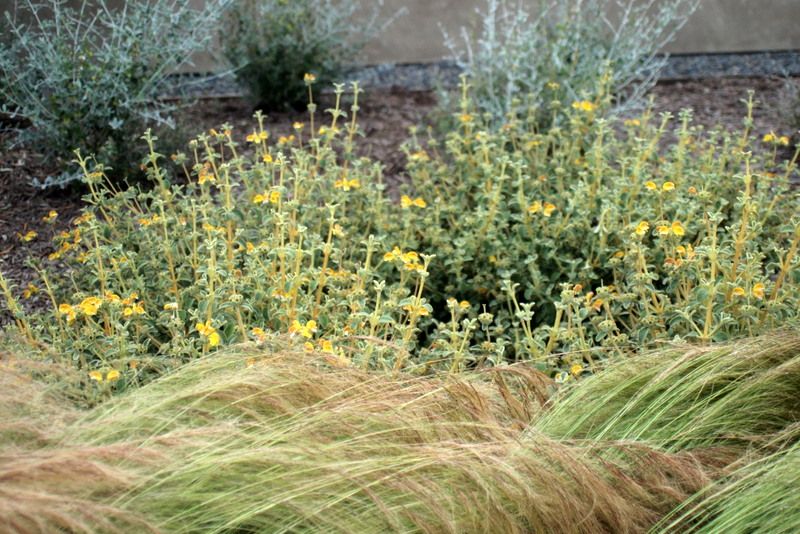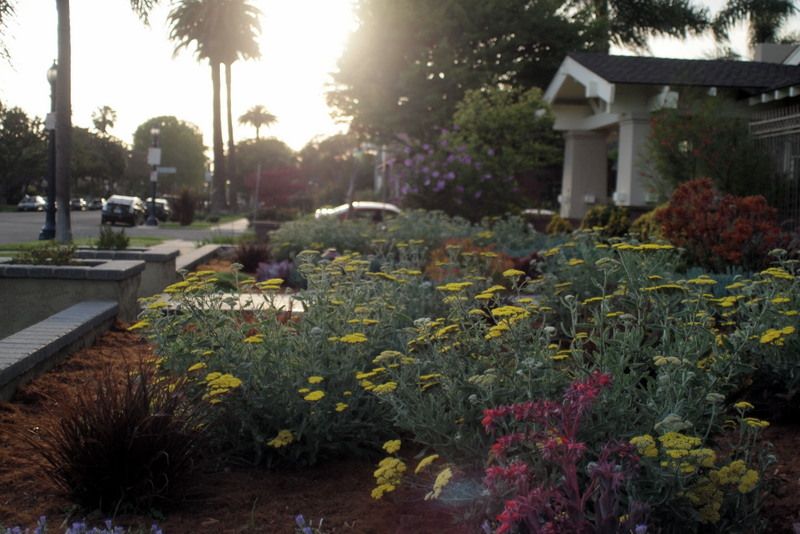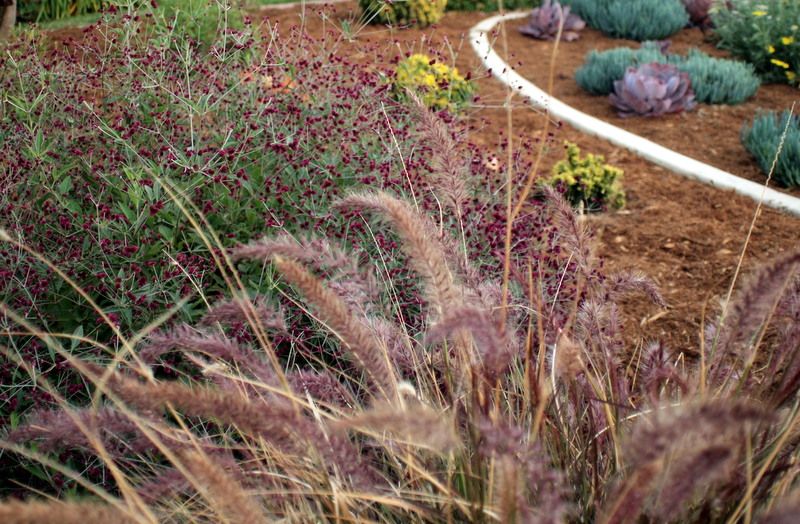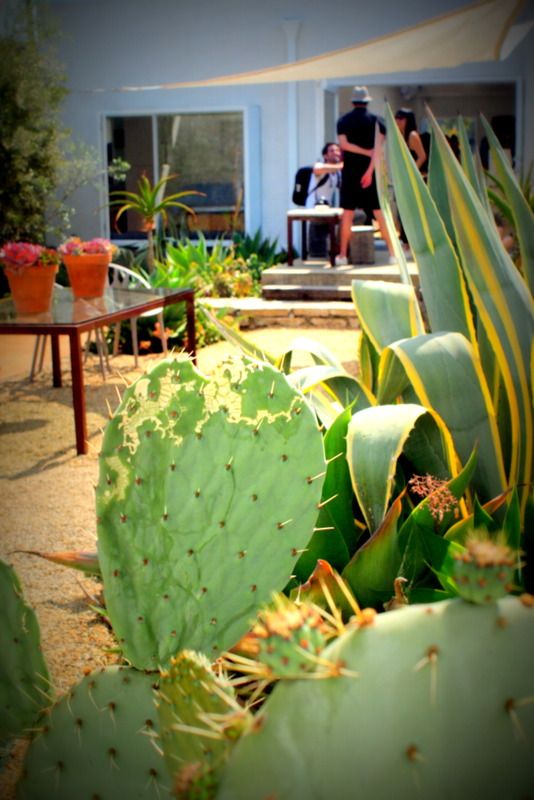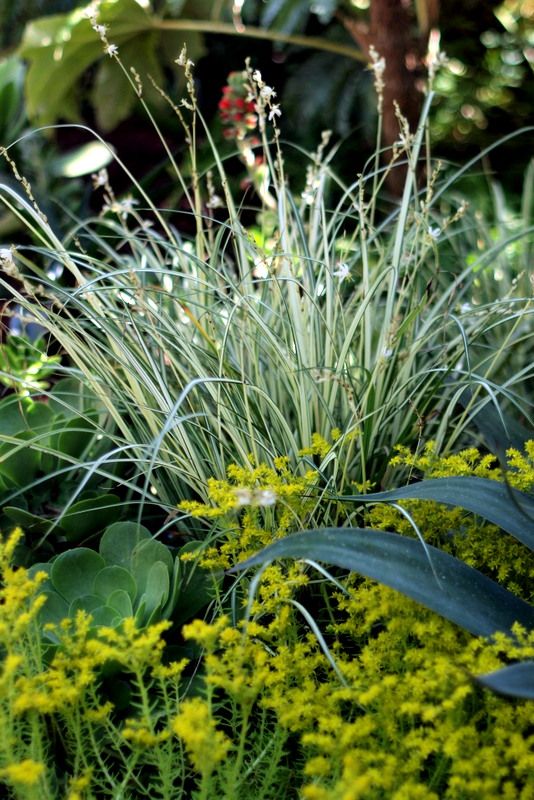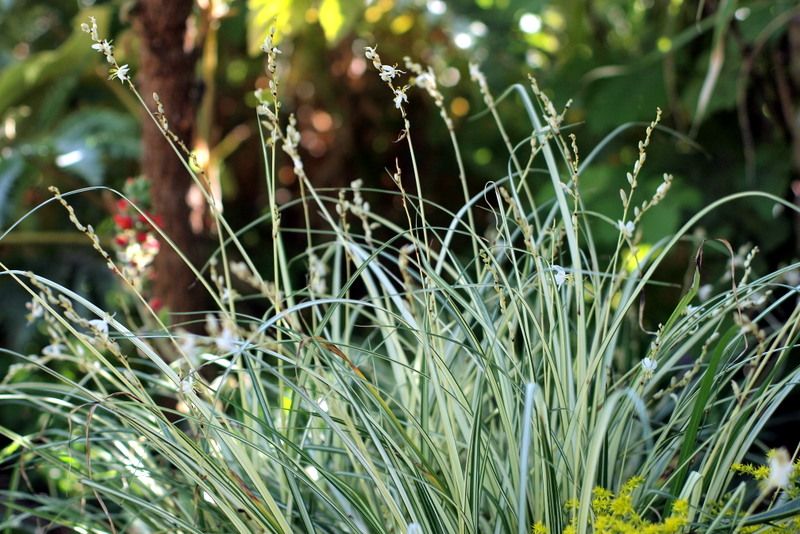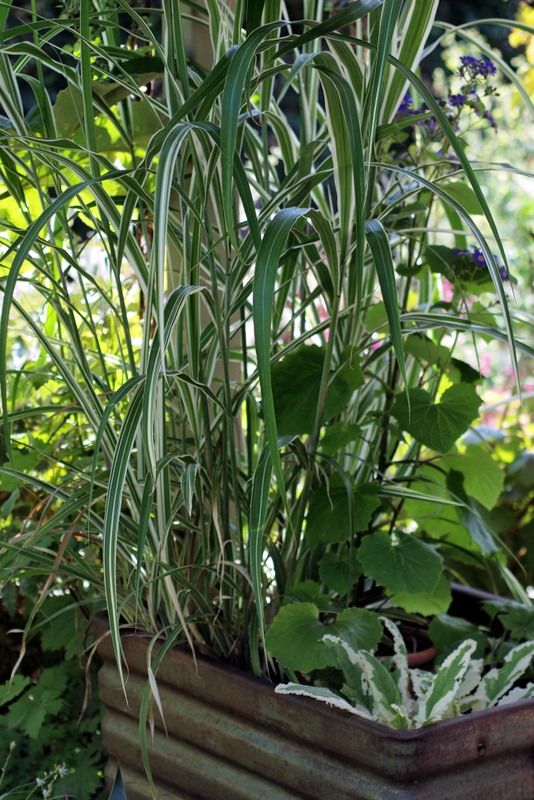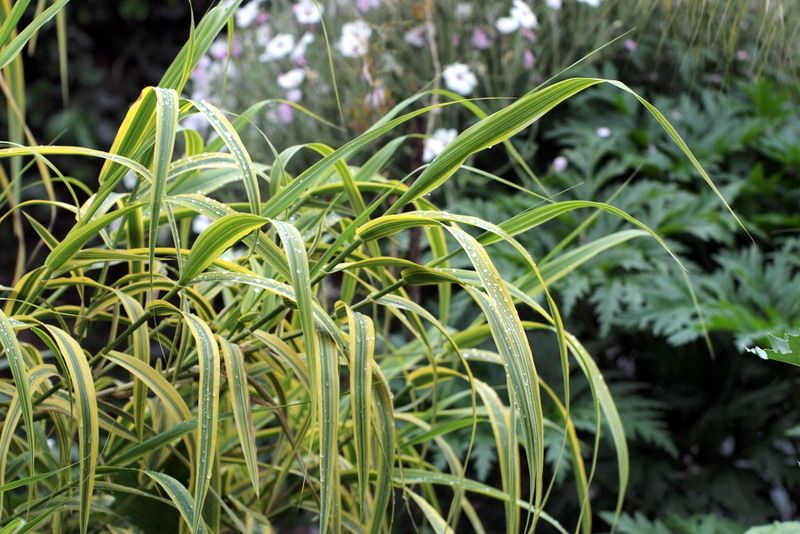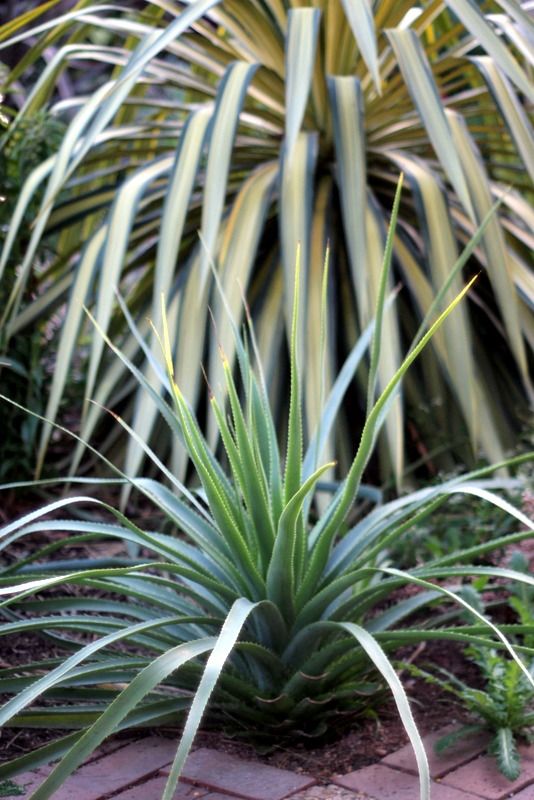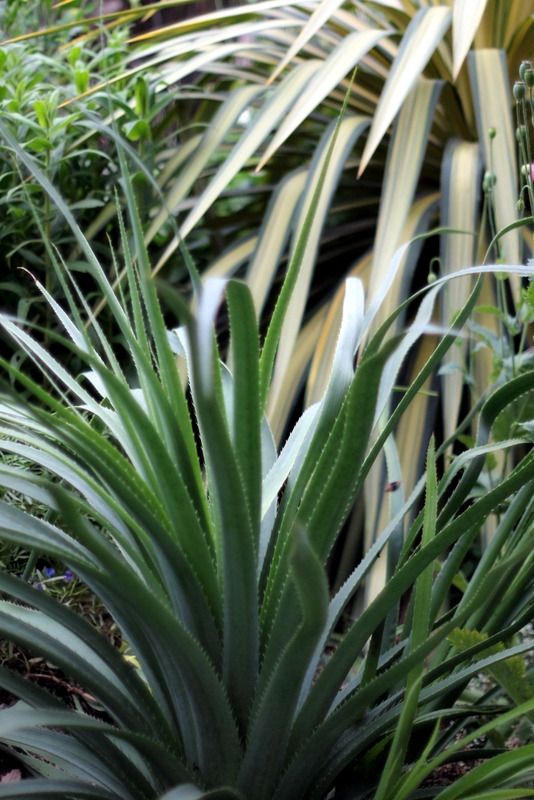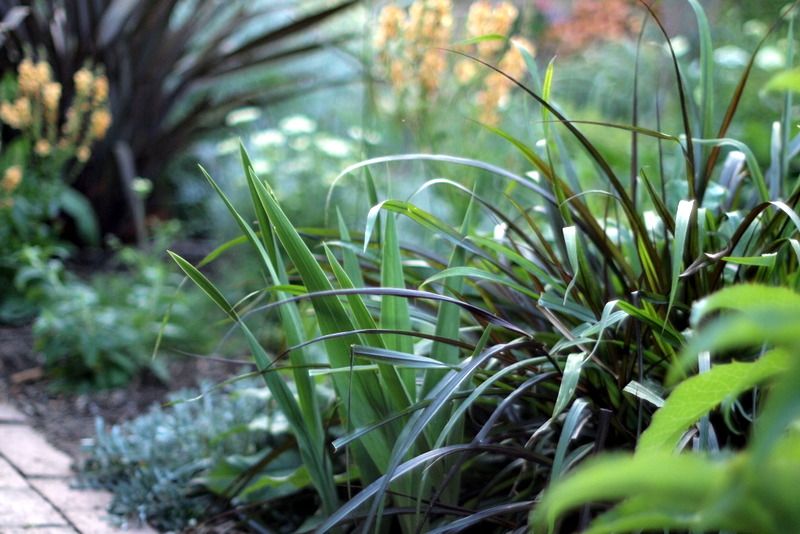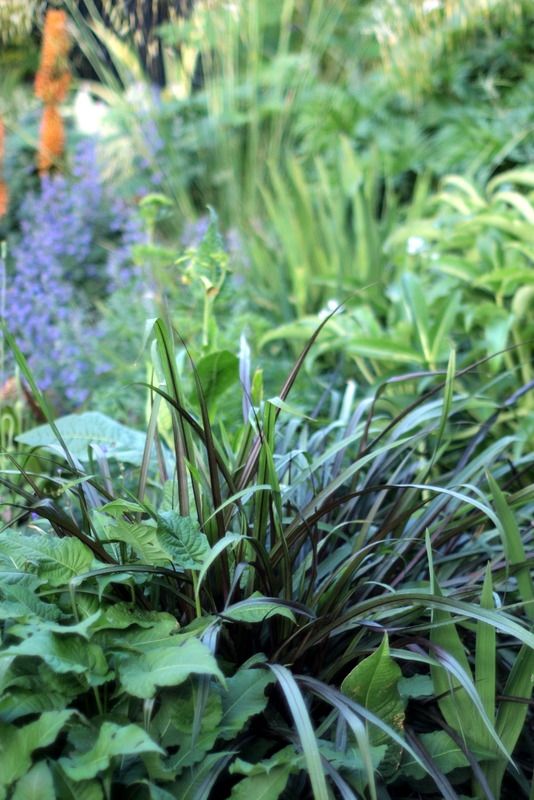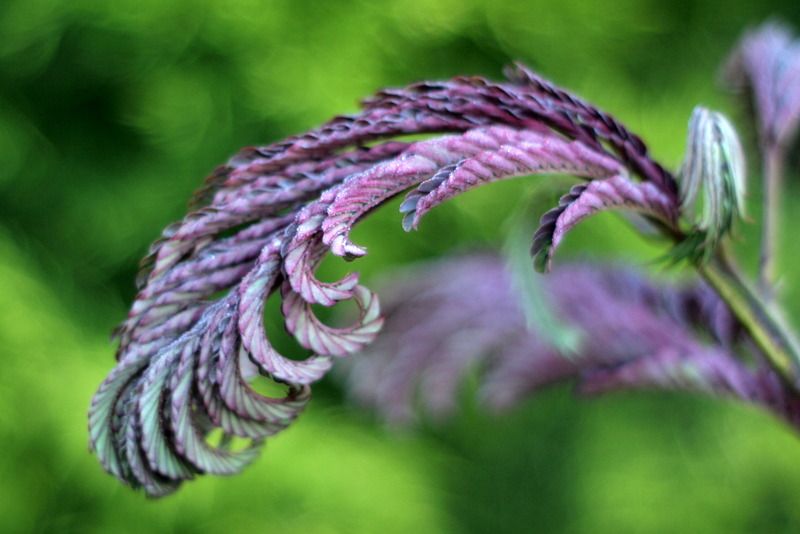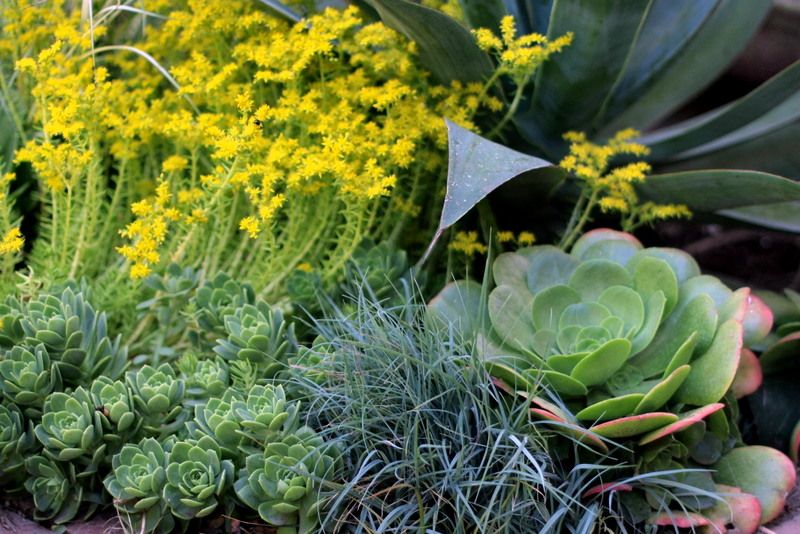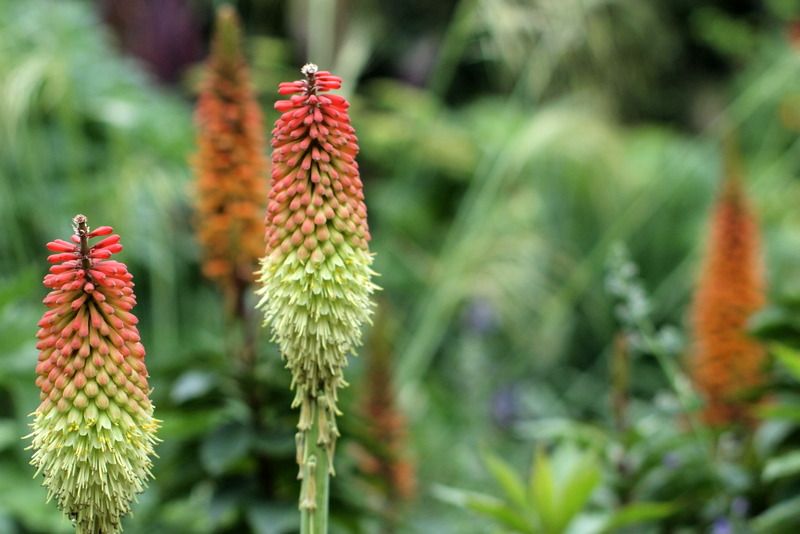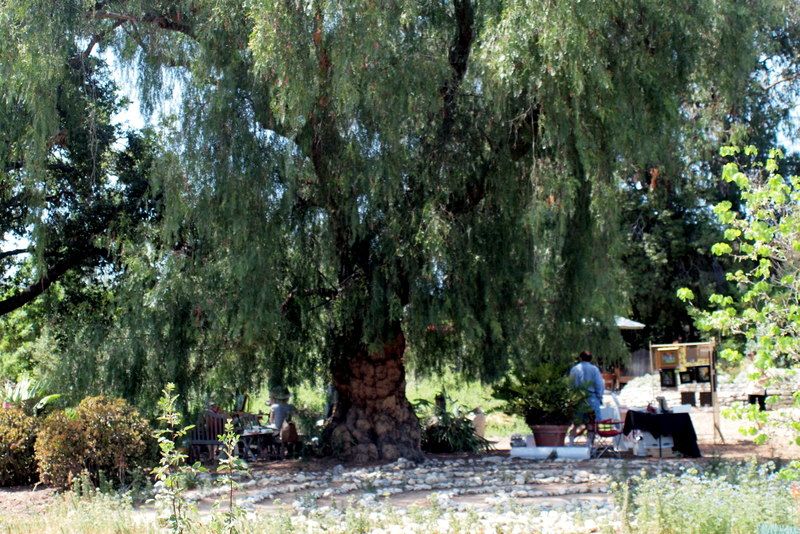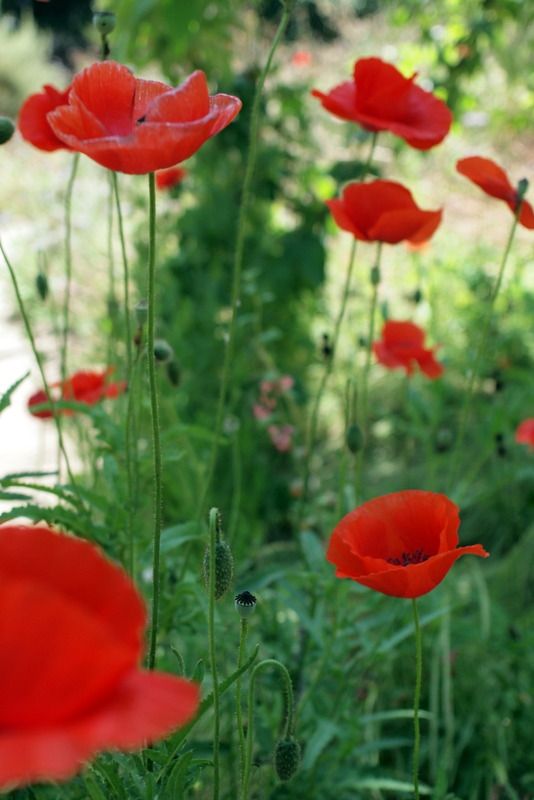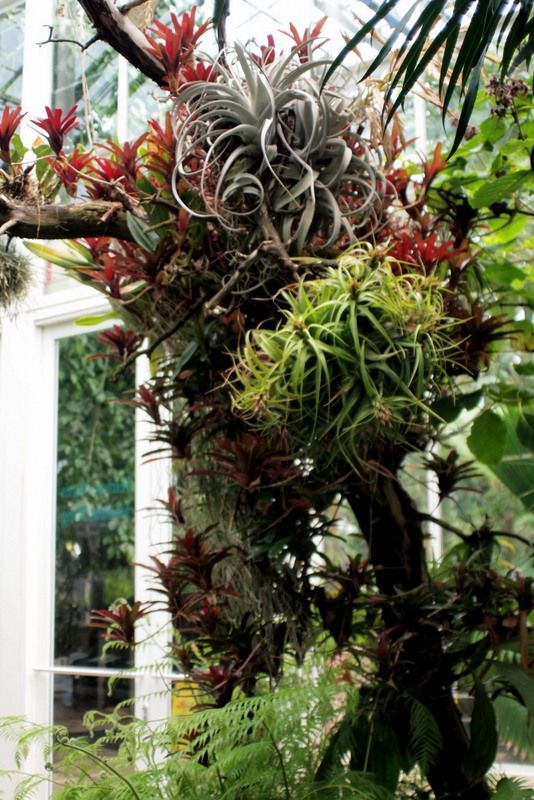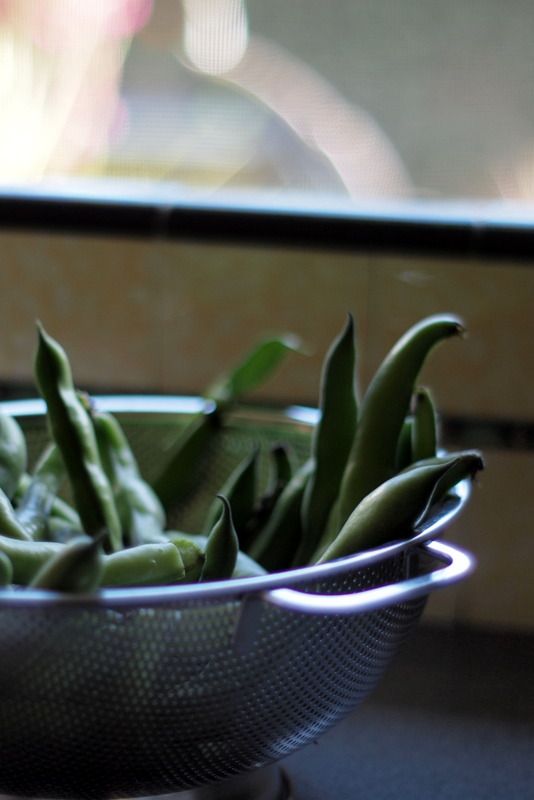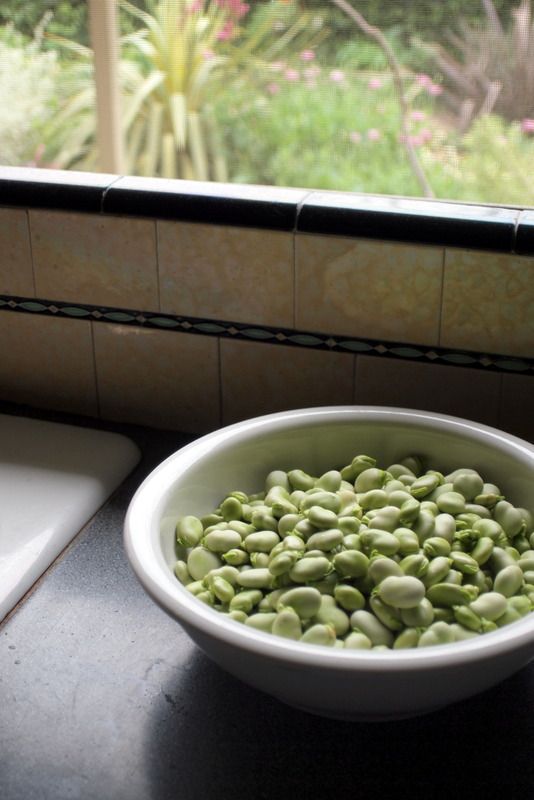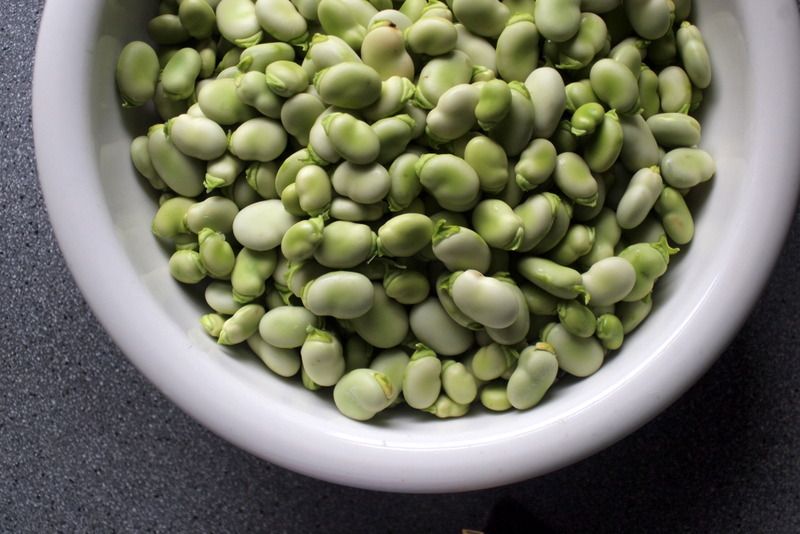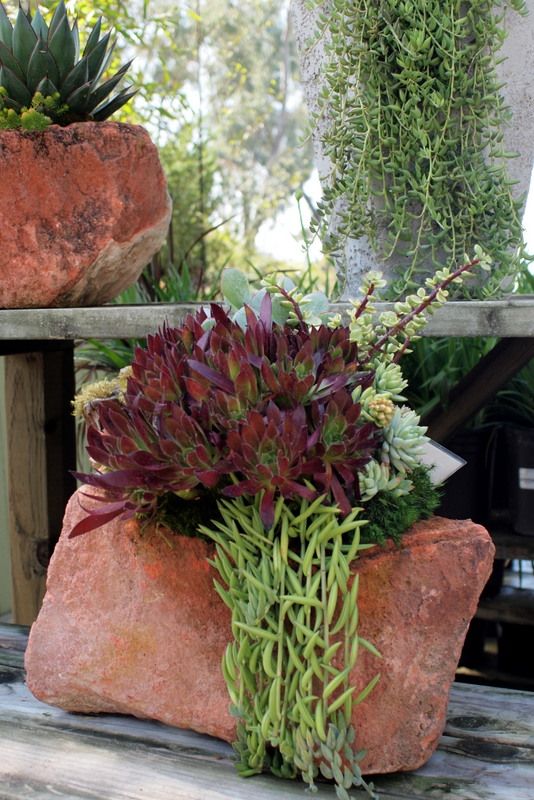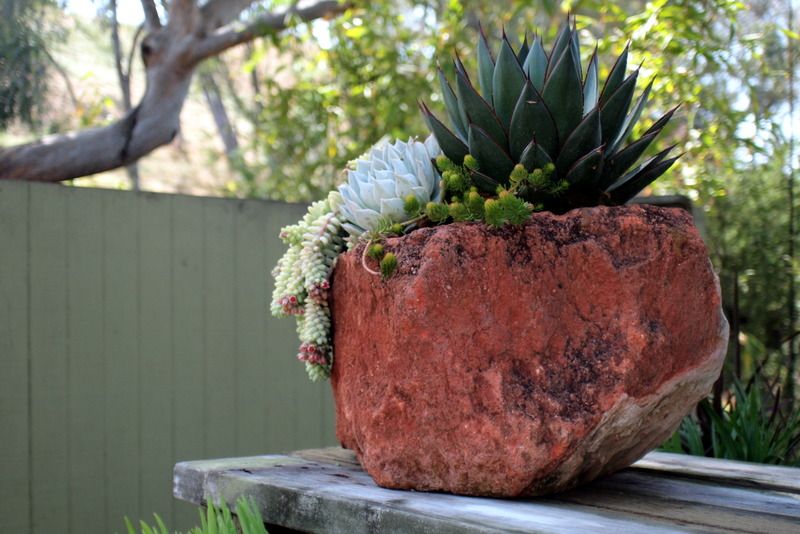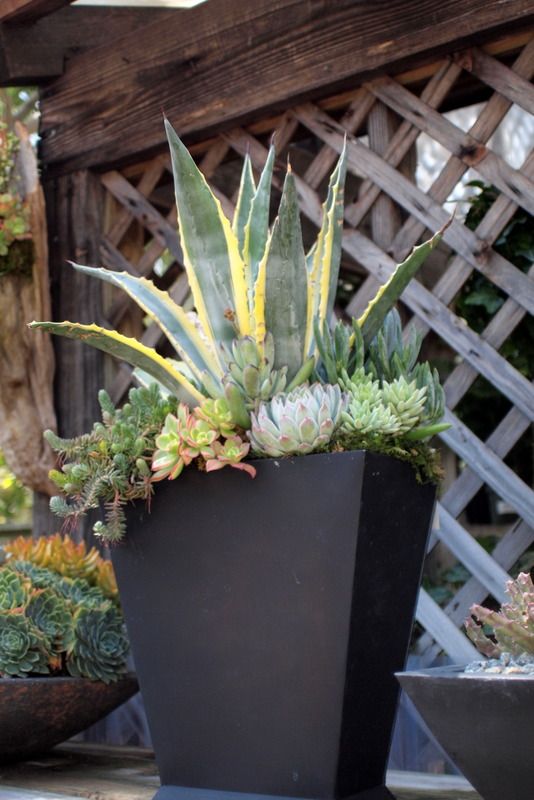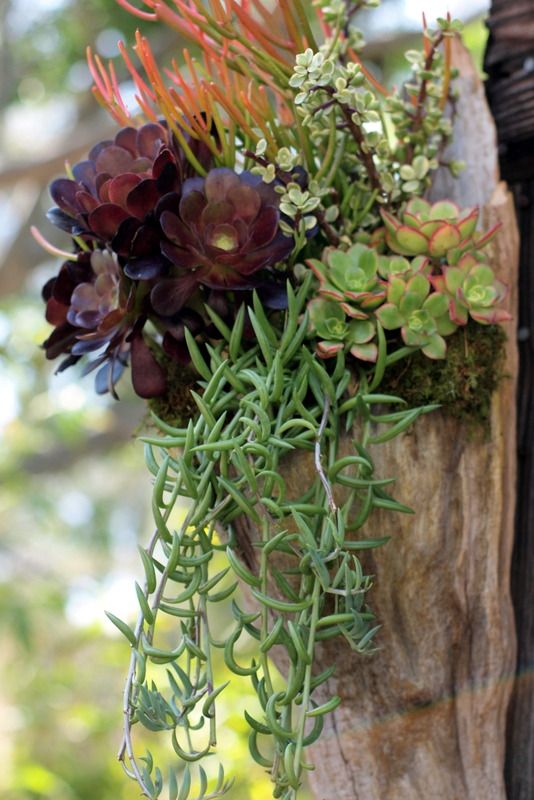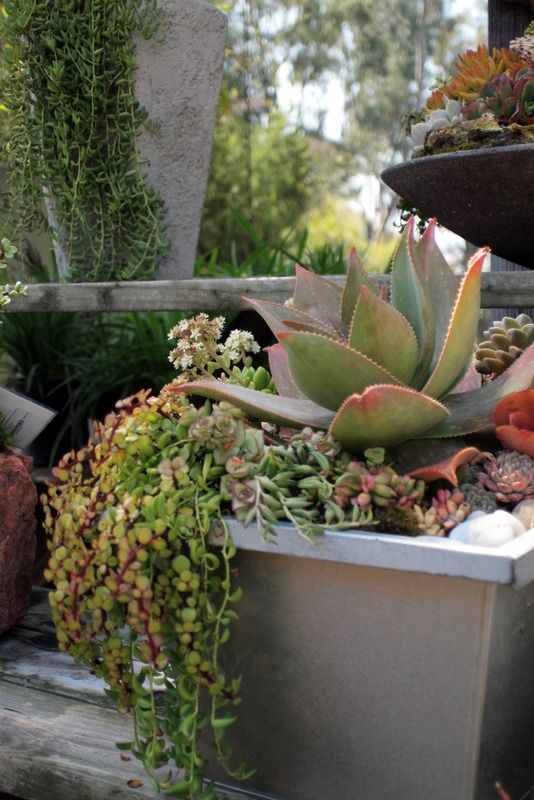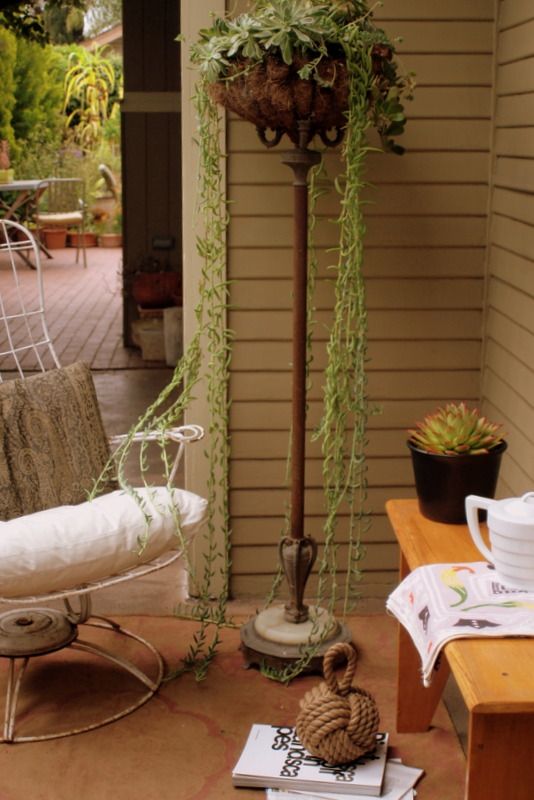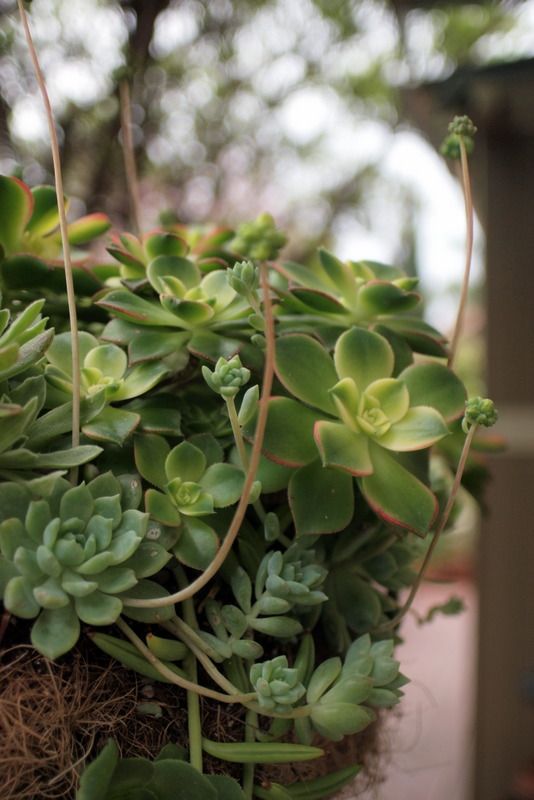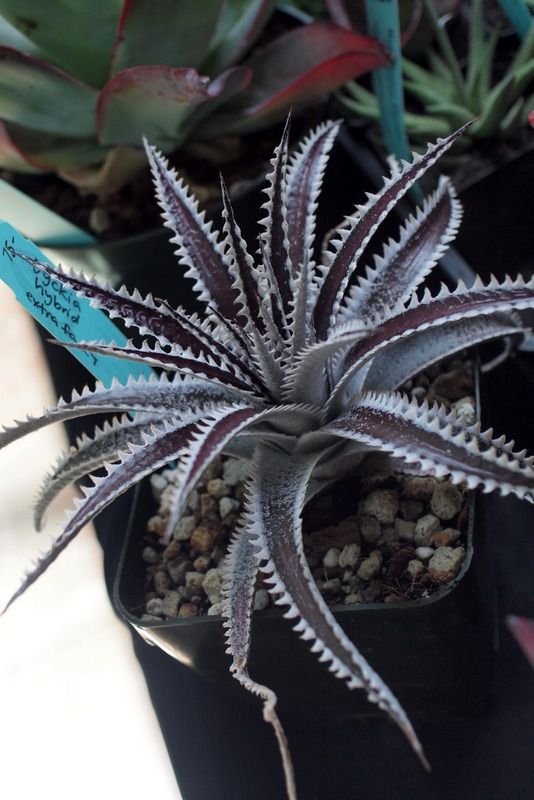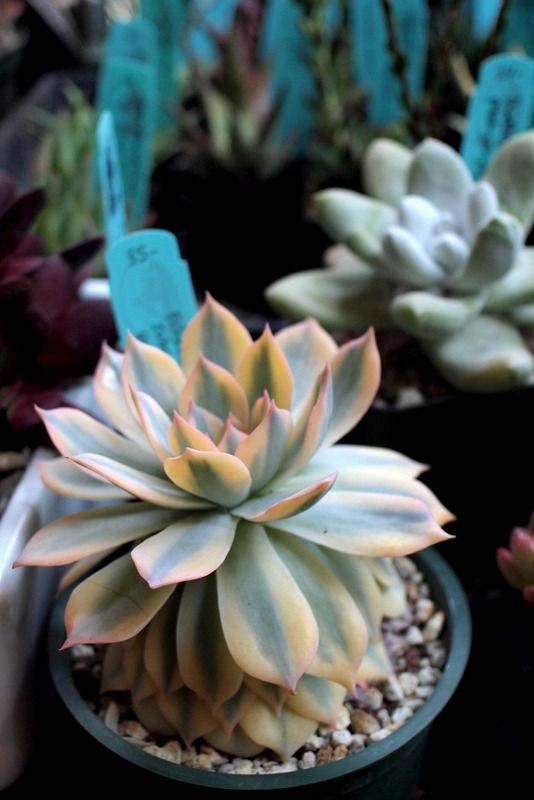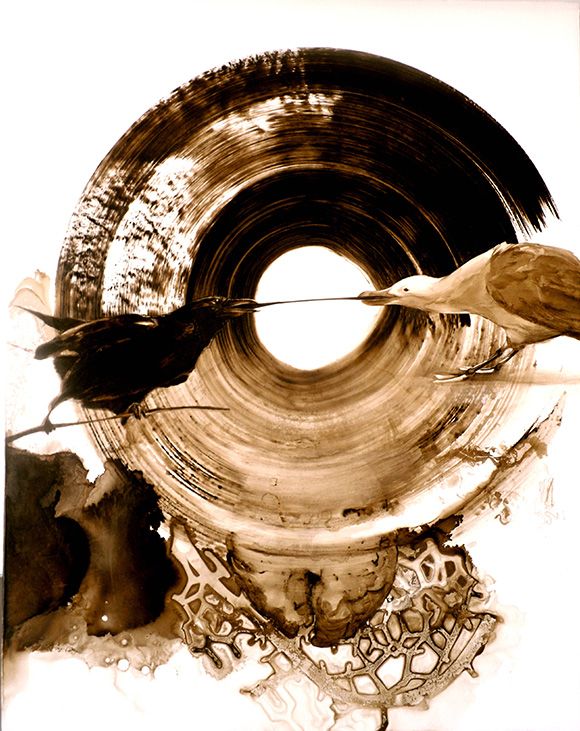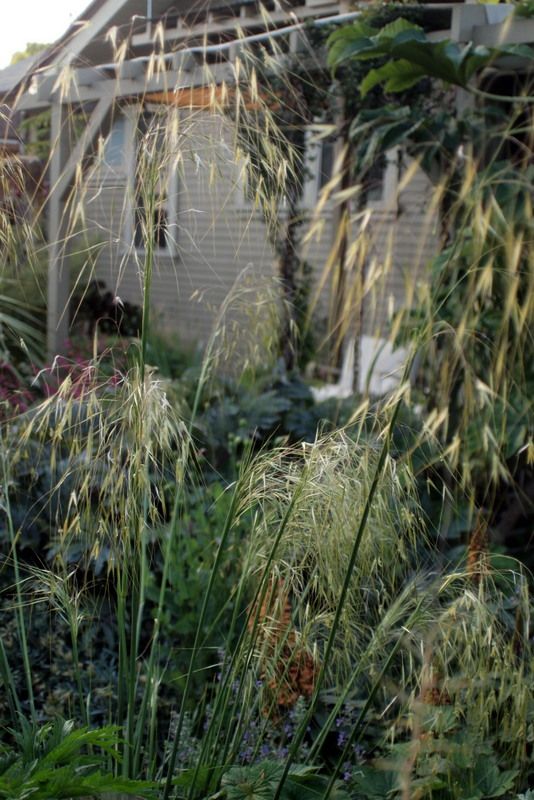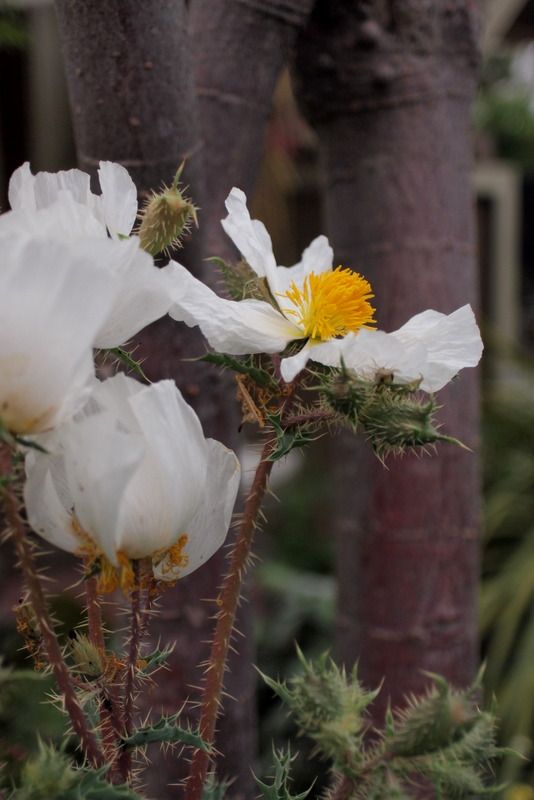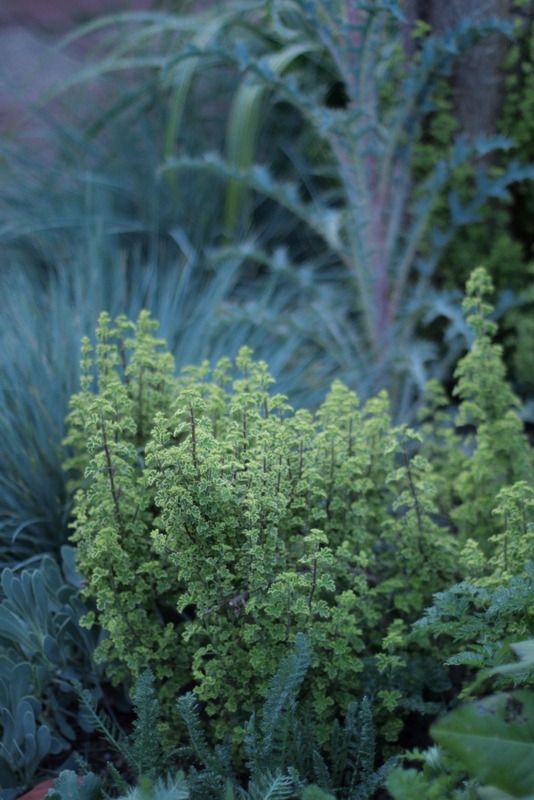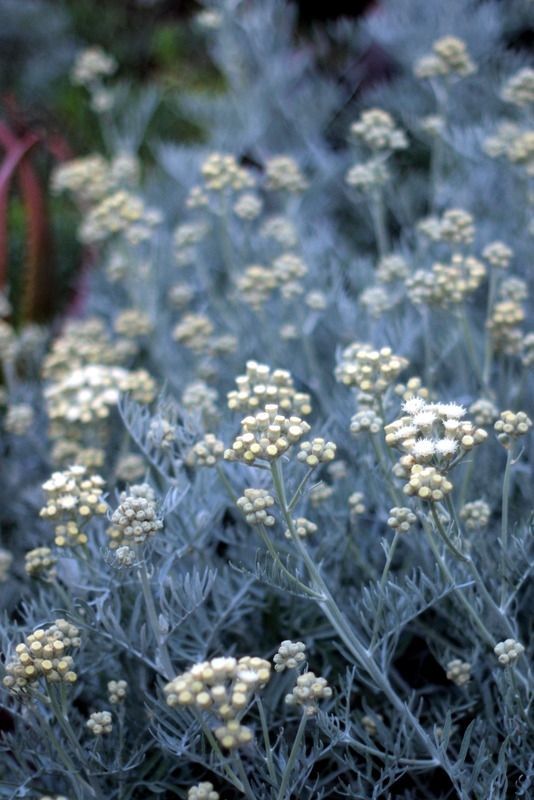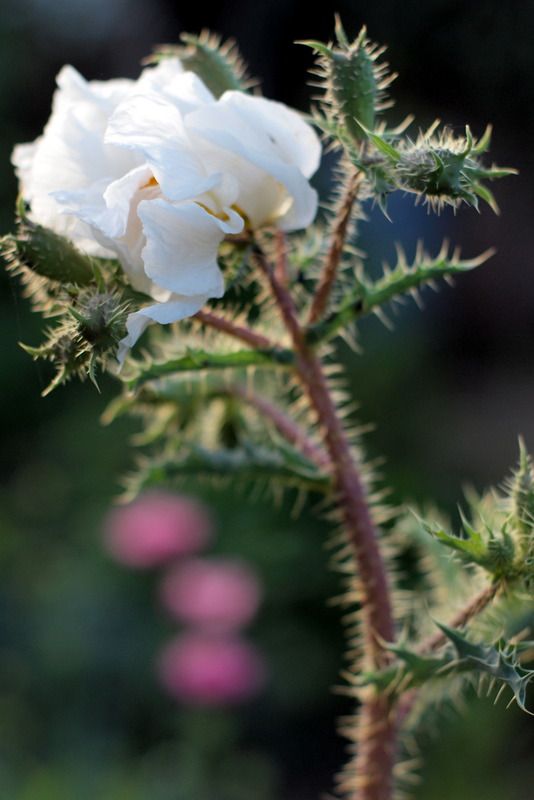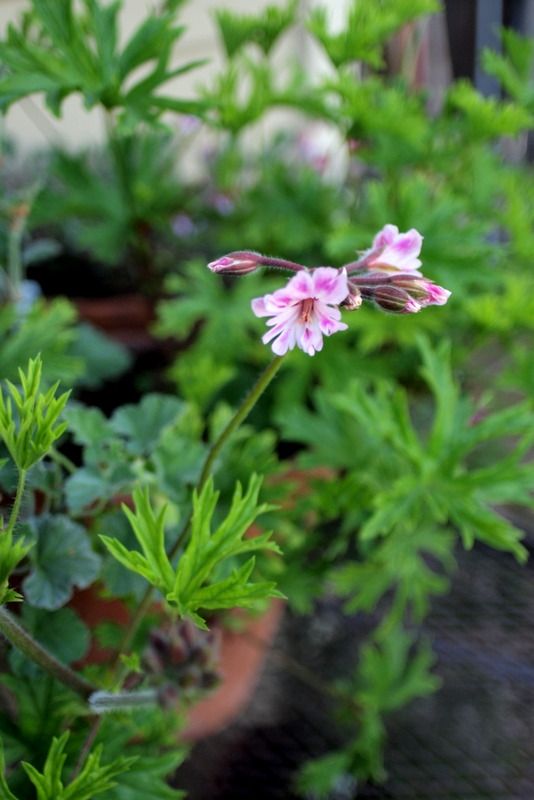There’s an attention grabber. No, that’s not a recent tabloid headline and, yes, I am being facetious, but I find it amazing that the High Line (and switchgrass!) is casually slipped into a bit of puffery about the current goings-on of Ethan Hawke.
From the May 13, 2013, issue of The New Yorker: “Ethan Hawke traipsed the High Line with his hands in his pockets, his blue-gray eyes wide in the strong morning light…Knifing through a bed of switchgrass, he observed…”
No further explanation of what the High Line is, or what switchgrass is for that matter (panicum). It’s just assumed we’ll know — or should know.
In the land of public opinion, the High Line has been an idea in transit, moving relatively swiftly from an impossible feat to a controversial instigator of gentrification, now coasting and settling into a beloved space mentioned in articles about film stars. I’ve been a fan every step of the way. Will the High Line be the impetus for plants and landscapes to begin to share a little space in the collective cultural mind, alongside film stars and cat videos? Wouldn’t that be something? Can headlines like “Autumn crocus now in bloom at the High Line!” be far off?
I’ll always read any piece on Ethan Hawke, because of all the Chekhov plays he’s been doing, because of the Before Sunrise/Sunset movies and Gattaca, and because of the film version he made of Jack London’s White Fang, in which at 21 he costarred with the incomparable Klaus Maria Brandauer and that equally incomparable actor Jed, the wolf mix that played White Fang. The scene where Jed rescues Ethan from a mine collapse is especially riveting, as is the scene when Jed dispatches the bad guys.
But I had no idea Ethan Hawke had narrated a history of the High Line. I suppose his movie Chelsea Walls was a tipoff to his involvement in the neighborhood.
There is something so emotionally satisfying about moving through a landscape — which is why I think there’s something uniquely American about the High Line and its contribution to landscape design. Footfall after footfall expectation builds, scent and sound are stirred, memories too. Memories like walking to and from school on paths through empty fields, an interlude of intense freedom bracketed by responsibility at both departure and arrival. Even in a tiny garden like mine, moving through a landscape is embarking on a journey of discovery. Cutting a little path through the main border and scaling the plants down to knee-high at the path’s edge has been an interesting and rewarding experiment this year.
Where the bricks end is where the new path begins, maybe 8 feet in curved length. It’s really just a dog track in width now that summer growth is spilling onto it, fit for corgi-sized adventures.

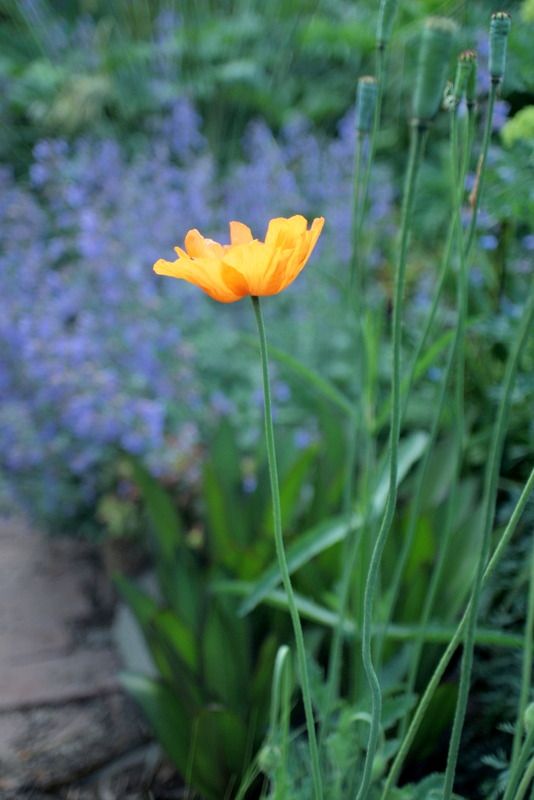
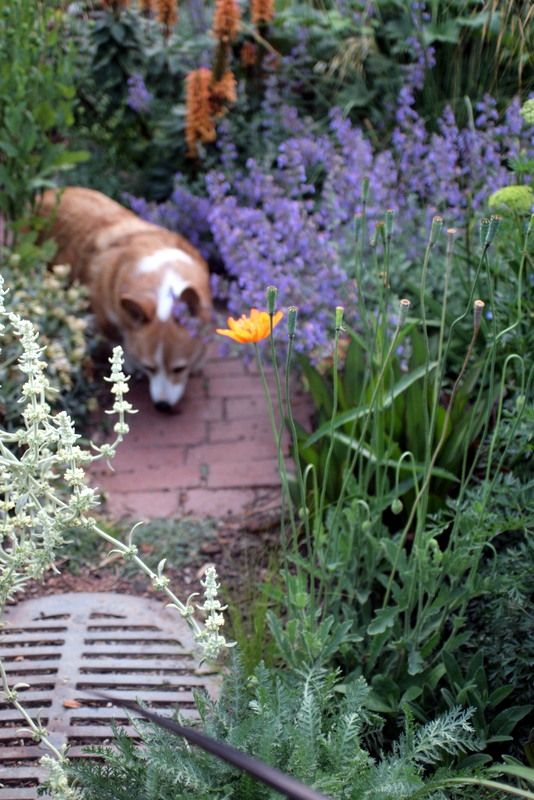
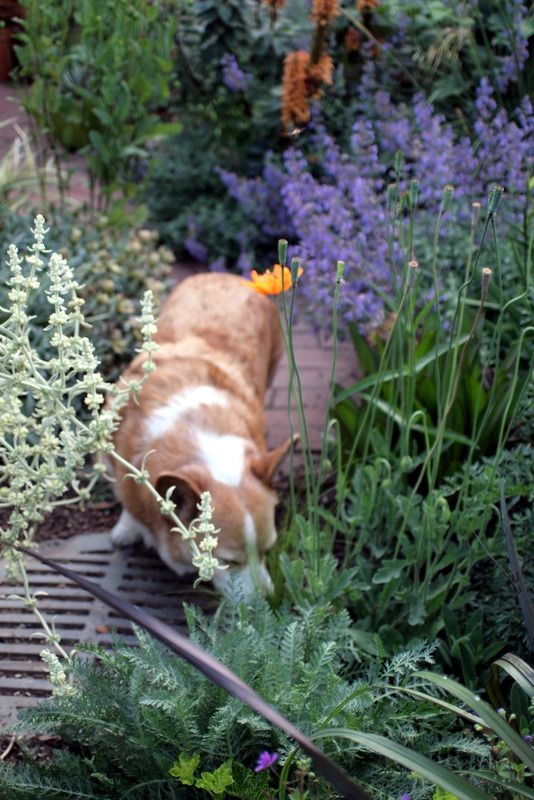
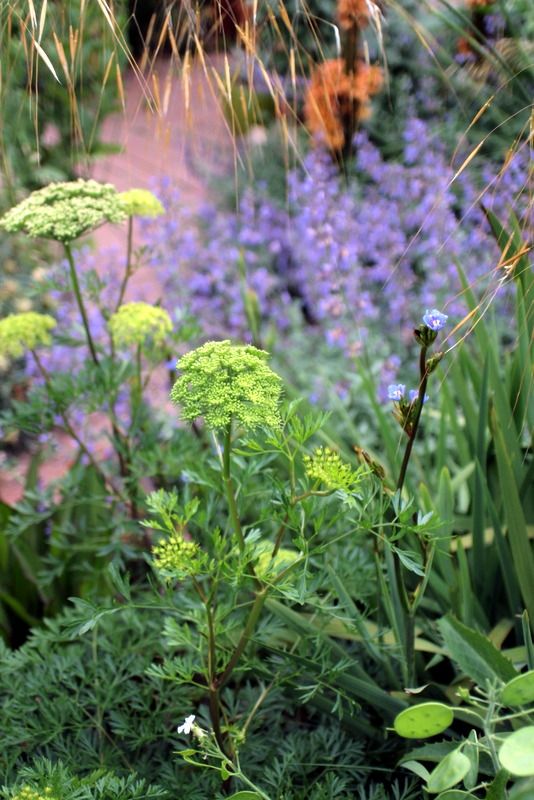
Summer gardens and parks, coming soon to a neighborhood near you.

